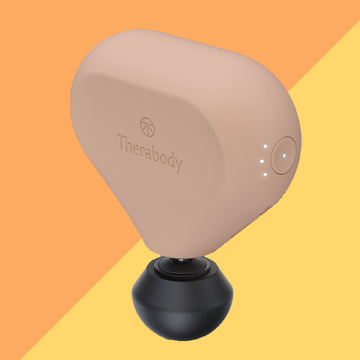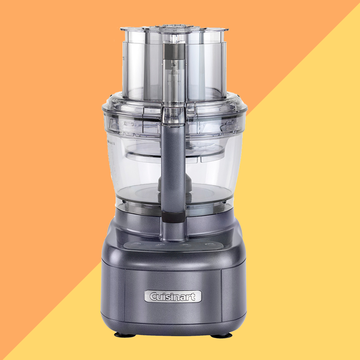We earn a commission for products purchased through some links in this article.
The best blood pressure monitors for accurate readings at home, tried and tested
Keep on top of your heart health with our expert-approved picks

Approximately one in three adults in the UK suffers from high blood pressure (also known as hypertension), but 46% of people are unaware they have the condition because it can be symptomless.
“High blood pressure is directly linked to poor heart health and can have serious health consequences if left unmanaged,” explains Dr Pallavi Bradshaw, deputy chief medical officer at AXA Health. “It can lead to heart attacks, stroke, aneurysms and heart failure, and is also linked to cognitive decline, including an increased risk of dementia and Alzheimer’s as well as complications affecting the kidneys and eyesight.”
The risk of developing hypertension increases with age, so it’s important to keep an eye on your blood pressure as you get older. Your GP might also ask you to track it at home if you have a high reading. The best way to do this? Regular blood pressure readings using an at-home monitor.
“Taking readings at home in a relaxed environment helps provide a clear picture of your typical levels, which is more accurate than a one-off reading at the GP practice,” says Bradshaw. "It's a great preventative method for anyone over the age of 40, helping to spot hypertension and related issues early on."
The best blood pressure monitors for home use
With a vast range of at-home models available to buy – from smart monitors with accompanying apps to simple, fuss-free cuffs – our Good Housekeeping Institute experts put a selection of clinically validated devices through rigorous testing. Clinically validated means they have all been third-party tested and proven to meet accuracy standards. They judged each model on clarity of instructions, design, ease of use and accuracy before awarding overall scores. You’ll find a full breakdown of how we test below our reviews, along with guidance on how to choose the right device for your needs.
If you’re concerned about your blood pressure, always seek guidance from your GP. “If you’re feeling dizzy, unwell or your readings are consistently high or low, don’t delay and seek medical advice,” says Dr Nikita Kanani, GP and chief strategy and innovation officer at Aneira Health.
Priyankaa is our sleep and wellness expert, specialising in expert-tested reviews and roundups on the latest health and fitness products. From walking boots to running machines, Priyankaa has written about hundreds of products and is passionate about providing in-depth, unbiased reviews. Plus, as an avid runner and gymgoer, she knows exactly what to look for when finding the right gymwear, fitness tracker or earphones.
Priyankaa has an MA in Magazine Journalism from Cardiff University and over five years’ experience in health and fitness journalism. Priyankaa has written for Stylist’s Strong Women Training Club, where she regularly wrote about diversity in the fitness industry, nutrition tips, training advice and her experience completing various fitness challenges. She has also written for a variety of publications including Business Insider, Glamour, Bustle, Metro, HuffPost UK, gal-dem and more. Outside of work, Priyankaa can usually be found trying out a new gym class, seeking out London's best eats or watching a Spanish TV show in a bid to keep up her language skills.
Kim Hawley is our health and fitness product tester. Her career in fitness has spanned over 30 years. Prior to joining the Good Housekeeping Institute, she worked as a personal trainer, writer and fitness instructor for some of London’s most prestigious health clubs, including The Harbour Club, David Lloyd and The Chelsea Club. Passionate about women’s health and fitness, especially in pre/post menopause, she is also a Level 4 PT and holds a professional nutritional qualification. Kim is responsible for rigorously testing everything from cross trainers to smart watches.


The best travel buys to shop on Amazon now

The best Pilates reformers for home workouts

9 best pelvic floor trainers, tested by 50 women

The best massage guns for soothing aches and pains























